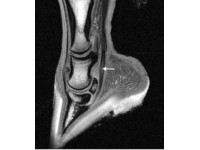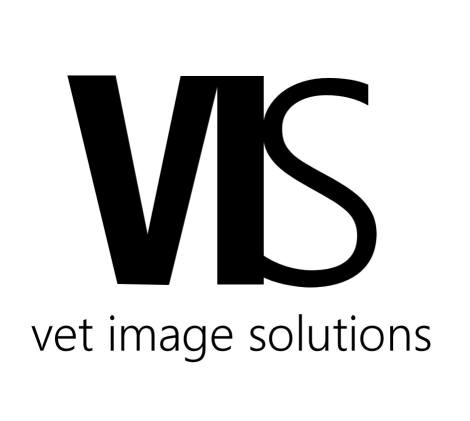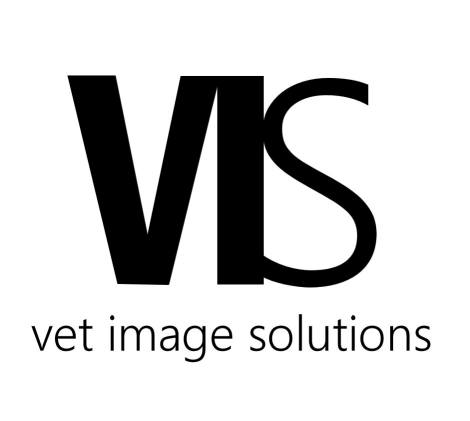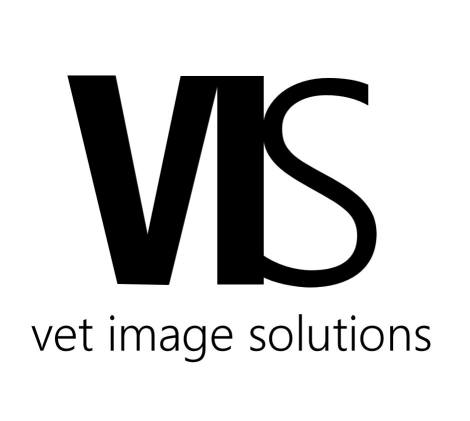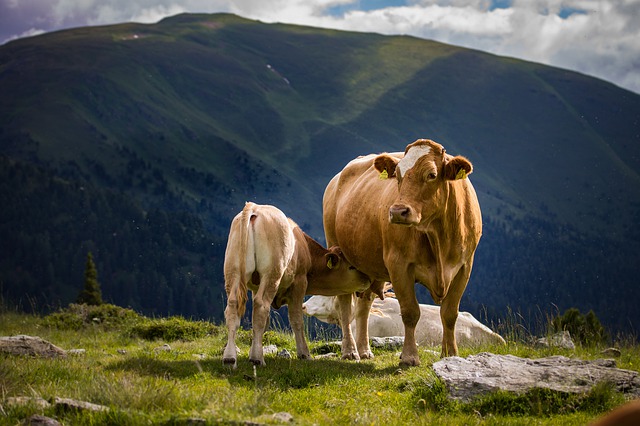Vet Image Solutions, passionate about ultrasound.
Vet
ARE YOU ‘KIDNEY’ ON ME?
In certain circumstances veterinary ultrasound imaging may be required to help in the diagnosis of various conditions of the kidney. This could be due to specific anomalies that were been detected in previous examinations (such as blood tests) or in the detection of polycystic kidney disease that is prevalent in Persian cats.
EQUINE TENDON INJURIES – WITHOUT ‘STRETCHING’ THE TRUTH
To those within the equine industry, the occurrence of a tendon or ligament injury can be very problematic. Tendons and ligaments can be distinguished by the functions they each carry out – namely, tendons connect muscle to bone whereas ligaments connect bone to bone. These tissues must have the ability to stretch (like an elastic band) in order to allow flexibility that is required for general everyday movement.
OESTROUS DETECTION THROUGH MEASURING MUCOUS RESISTANCE LEVELS - HOW AND WHY IT WORKS
Oestrous (also oestrus/estrous) detectors are a revolutionary and relatively new technology designed for optimum productivity in breeding. Not only are these devices easy to use, they’re inexpensive, and able to reliably detect the best time for conception. They can also be used to make an early detection of gestation, or of the next oestrous cycle in the absence of gestation.
DON’T GET STRESSED OUT… ULTRASOUND IS HERE TO HELP
Pregnancy is a time of excitement, anticipation and change. Whether it be a change in your physical shape, in the food you eat, or in the lifestyle you lead, expectant mothers need to make sure that their pregnancy gives their unborn child the best possible start in life.
ULTRASOUND SCANNING FOR REPTILES
Whilst researching animal ultrasound, I realised that ultrasonography can be useful for a whole range of animals, including reptiles. Here, ultrasound imaging can be used similarly to that in other species, including to detect tumour growth, assess any blockages within the intestine and to confirm pregnancies.
DENTAL CARE FOR YOUR YOUNG HORSE
The importance of dental care and oral examination in the horse is to be able to know what sort of problems may occur over time and being able to prevent it, especially in the younger horse as it’s in the developing stage of its life. The other main aim of dental care is to provide the horse with efficient, functional and comfortable mastication which is essential throughout its life.

